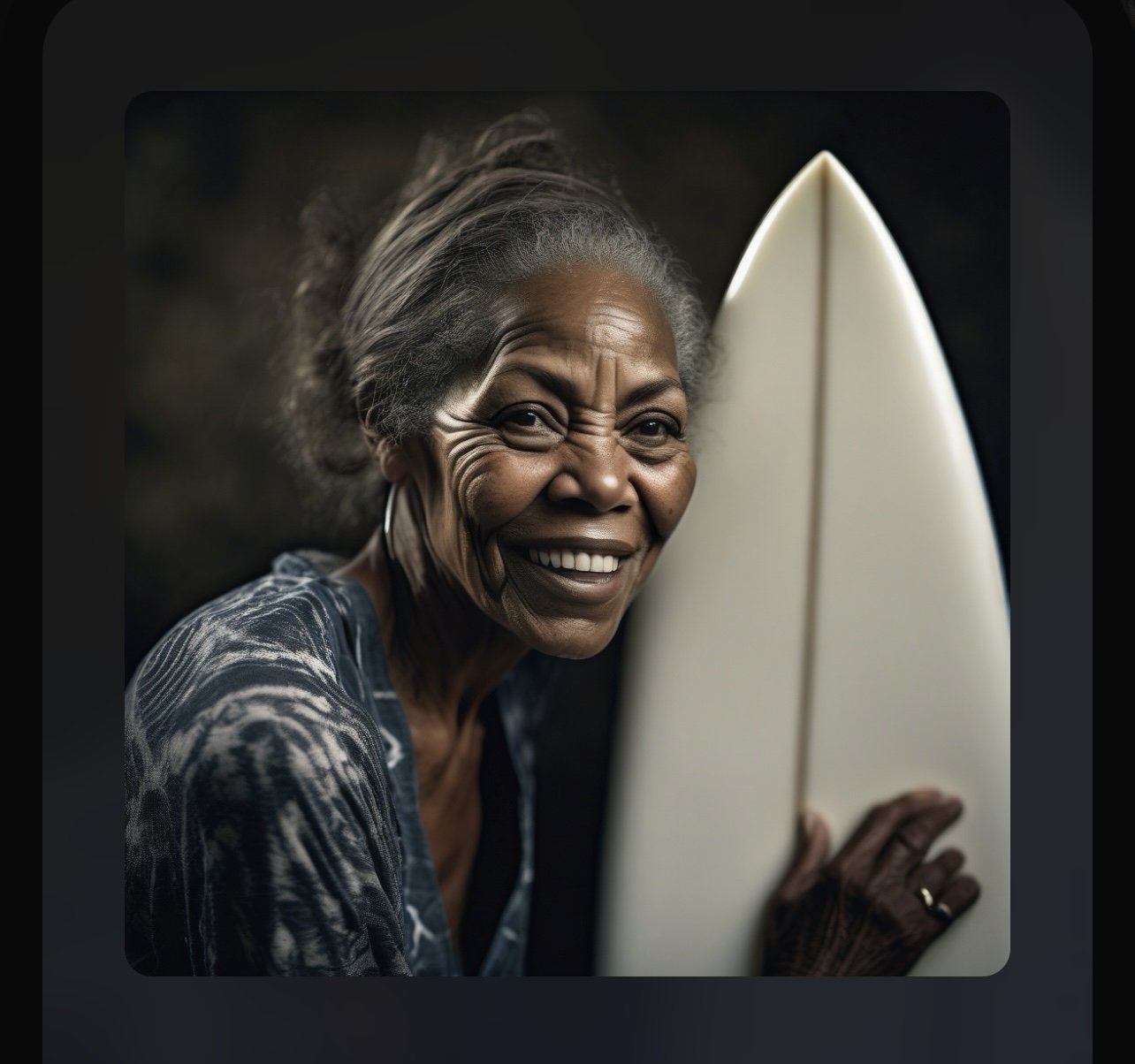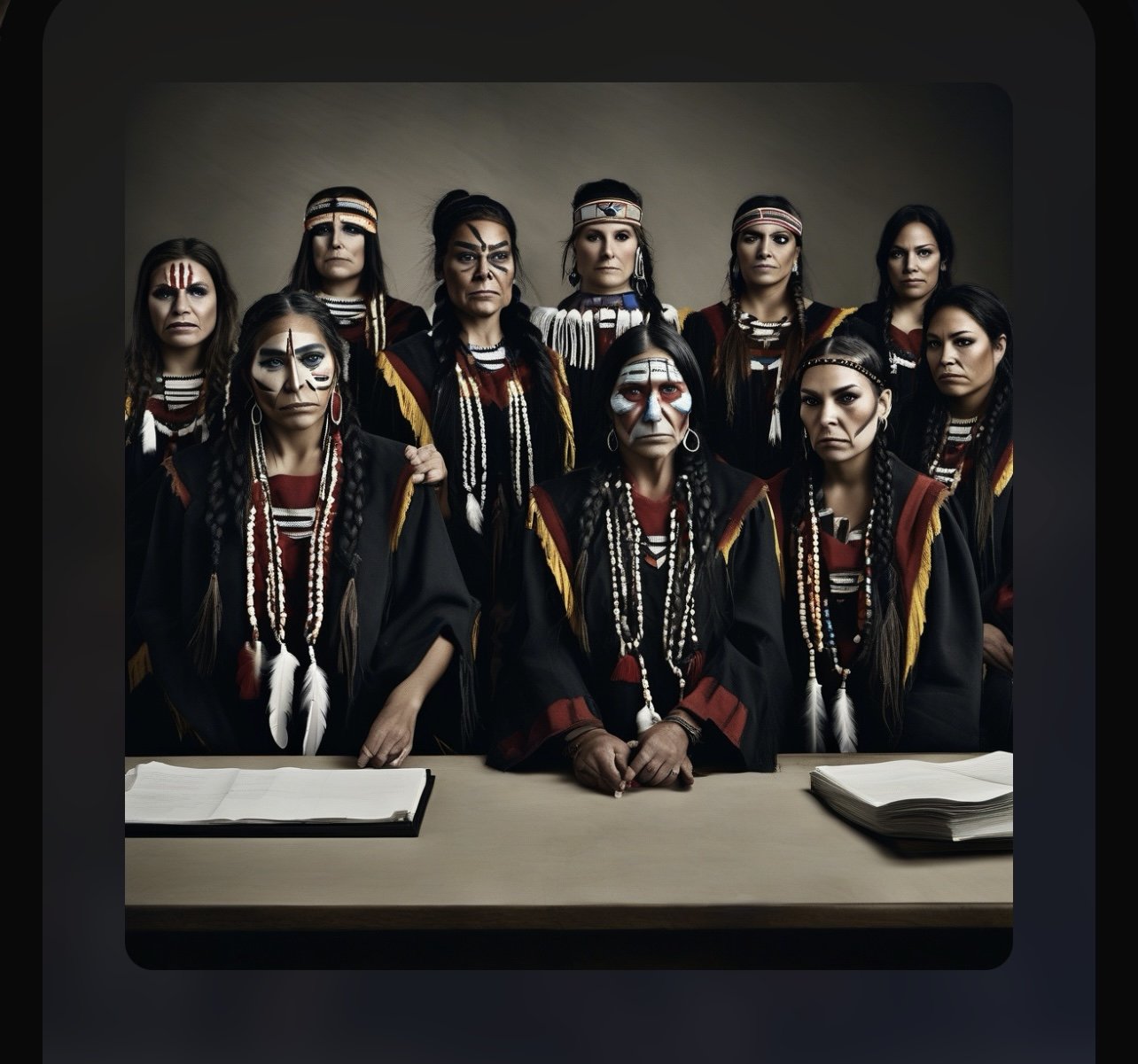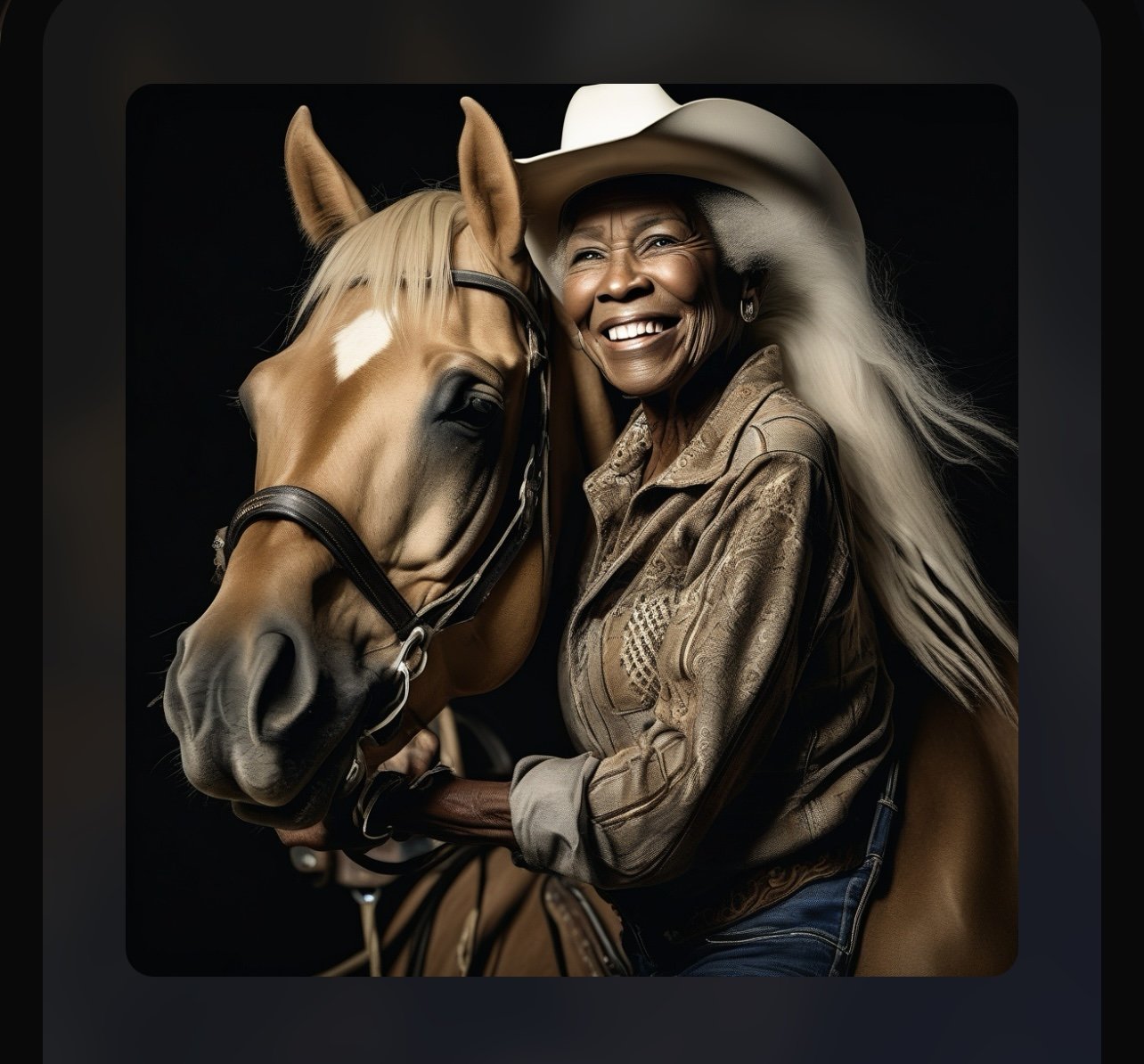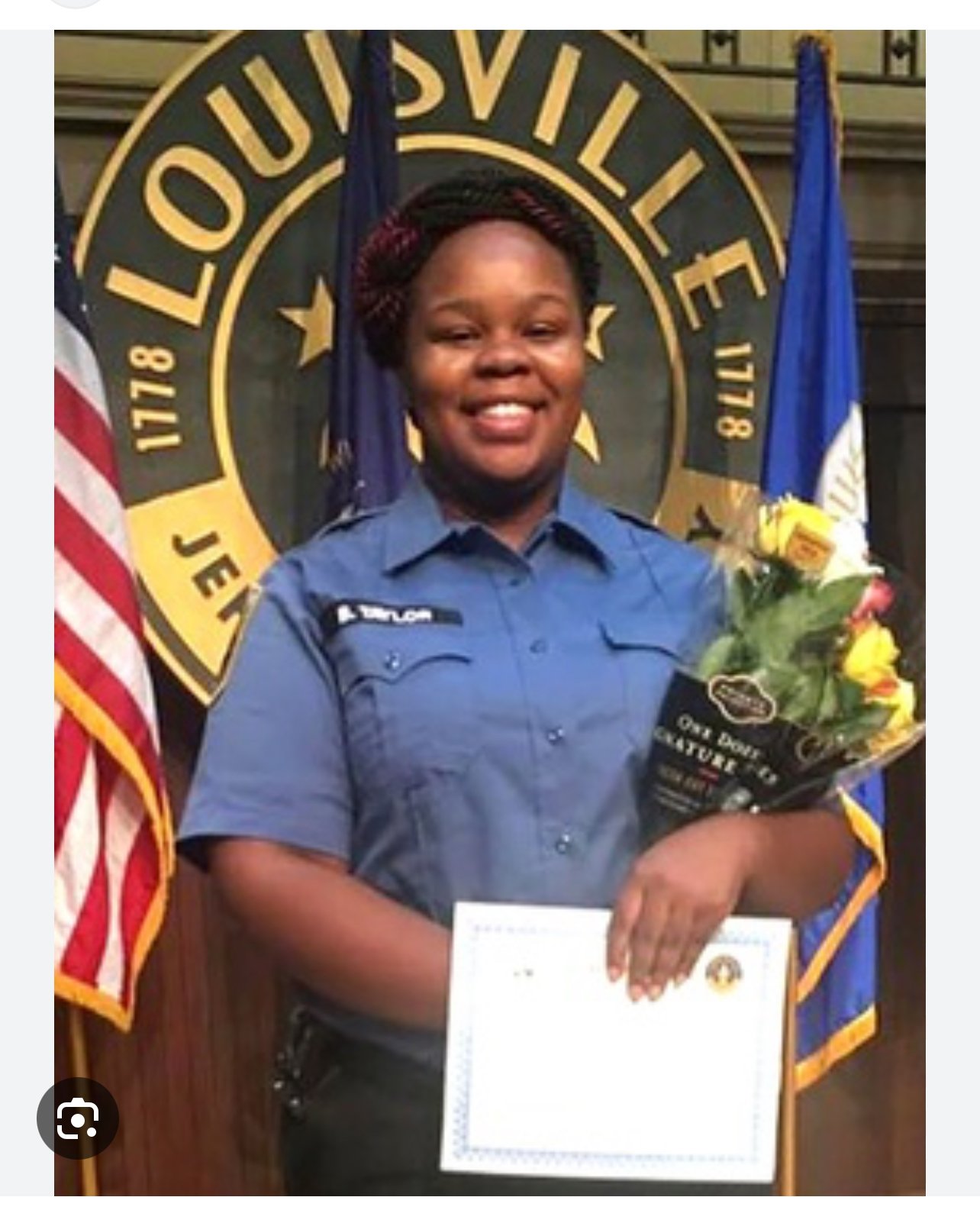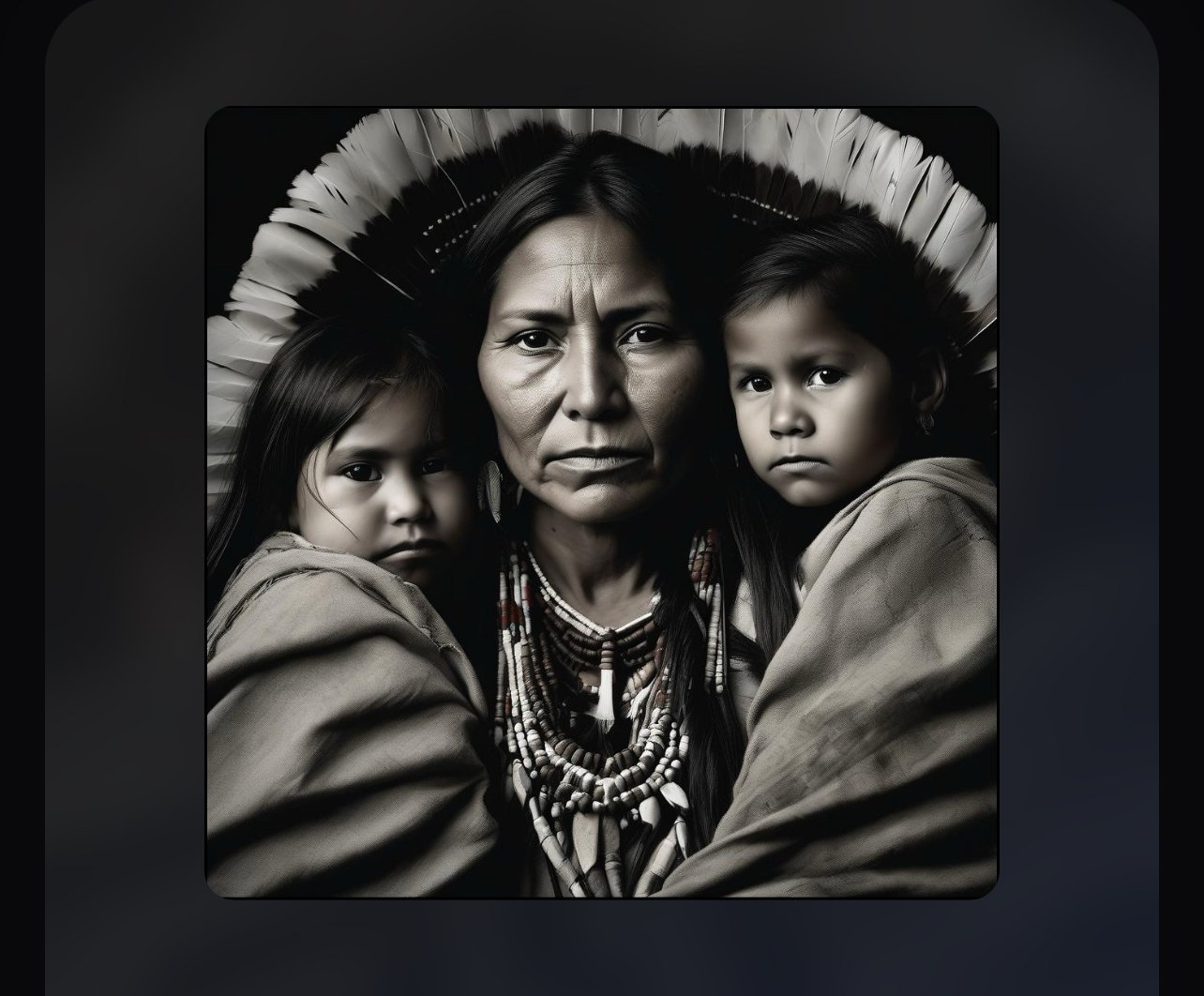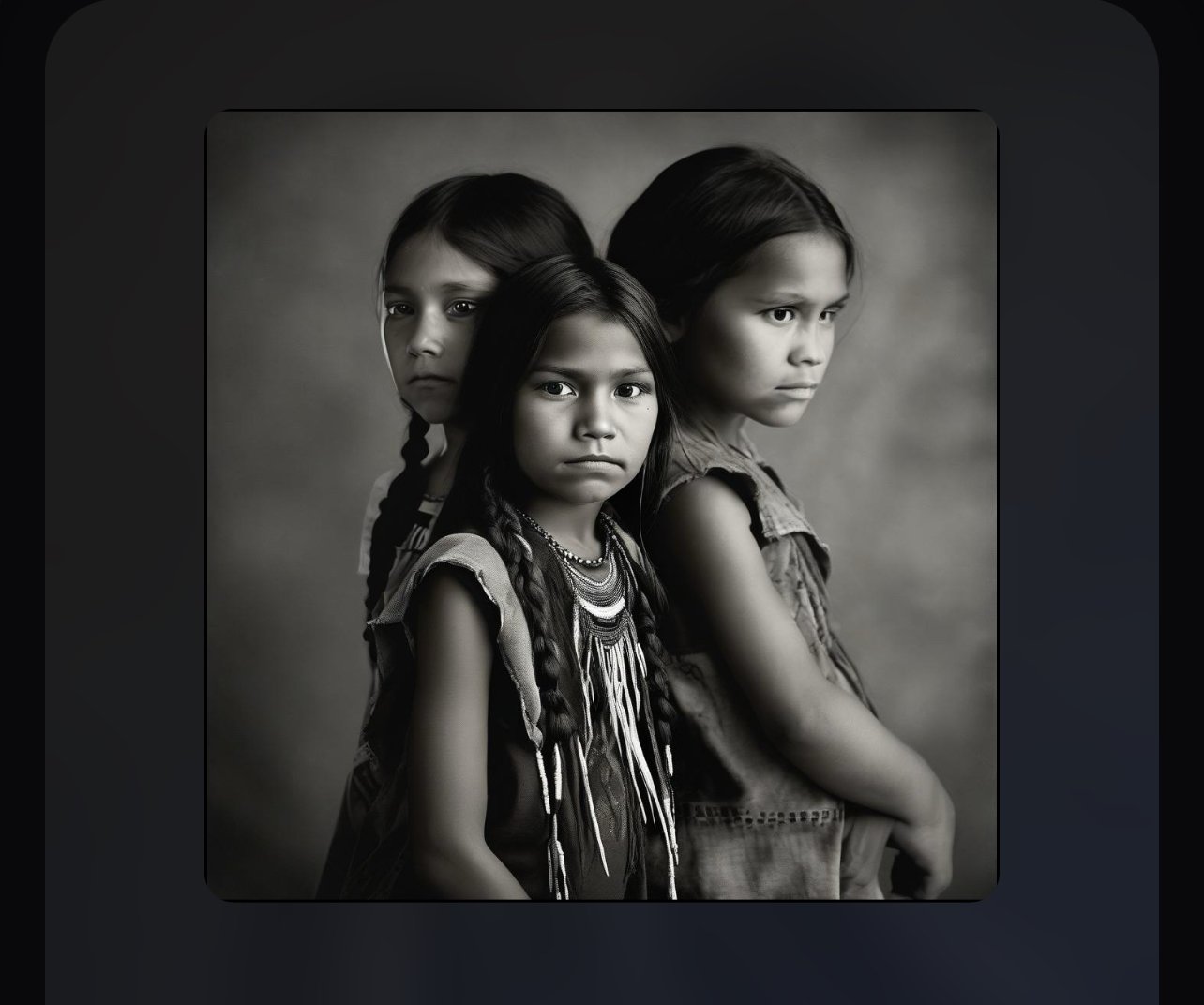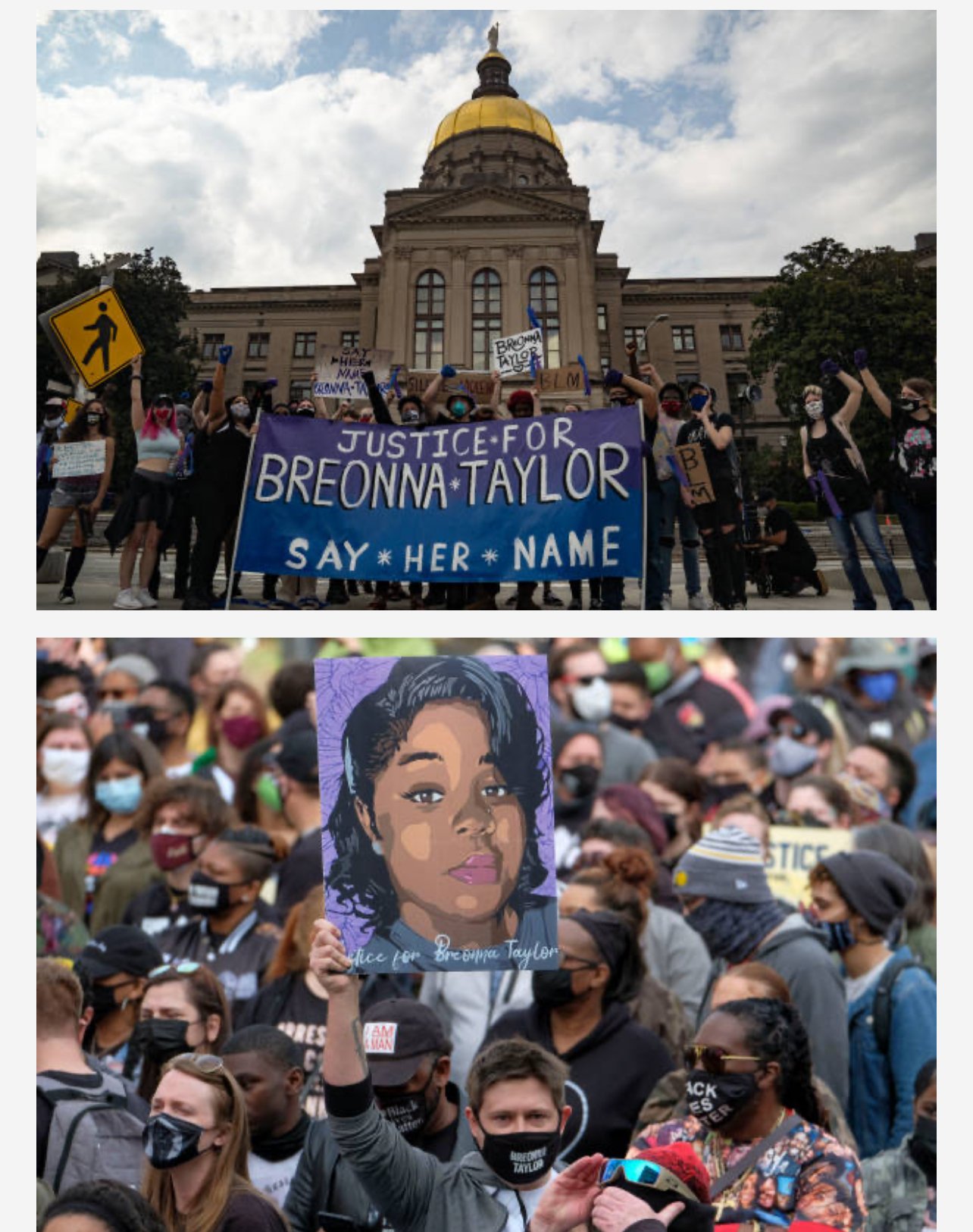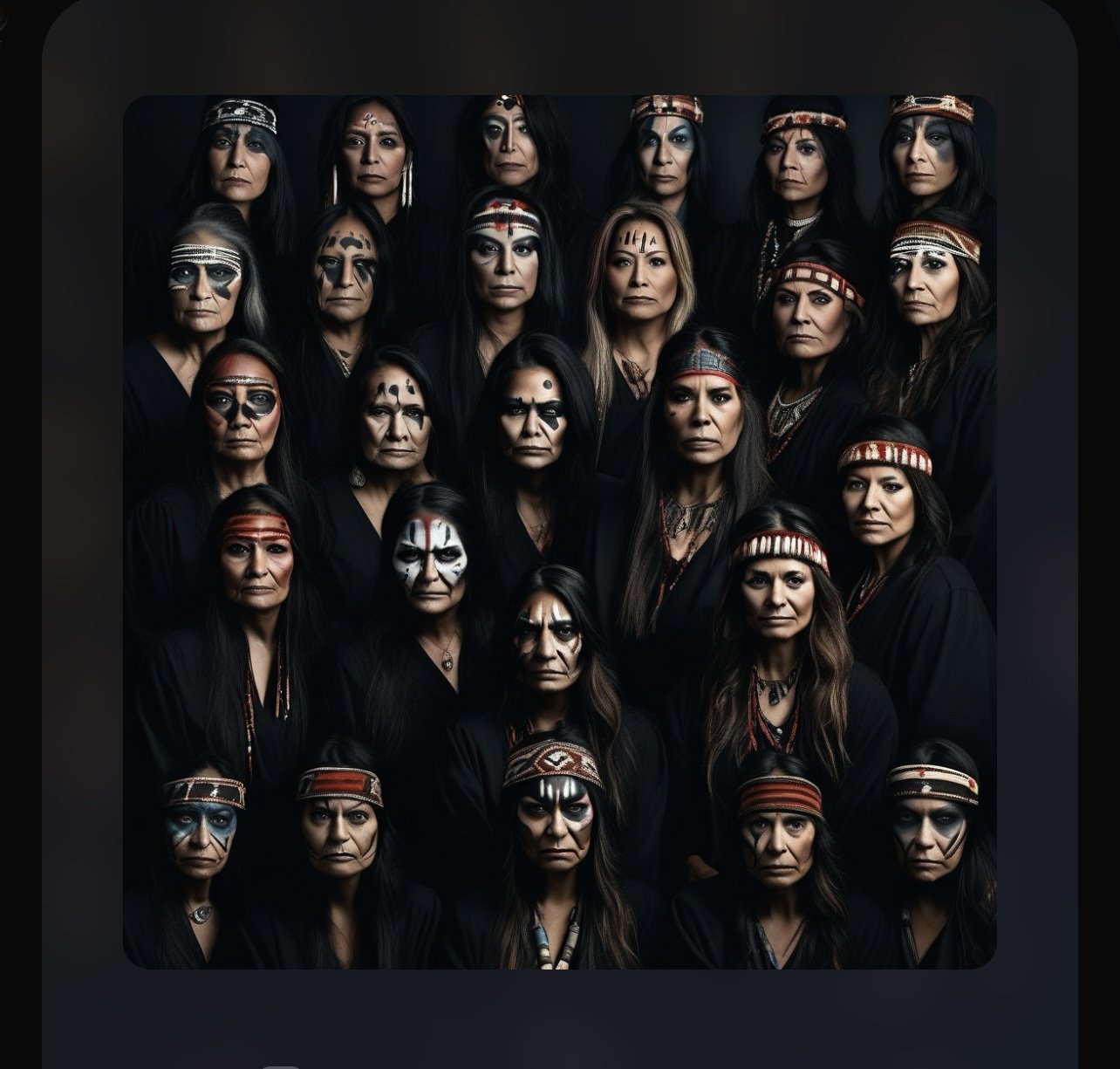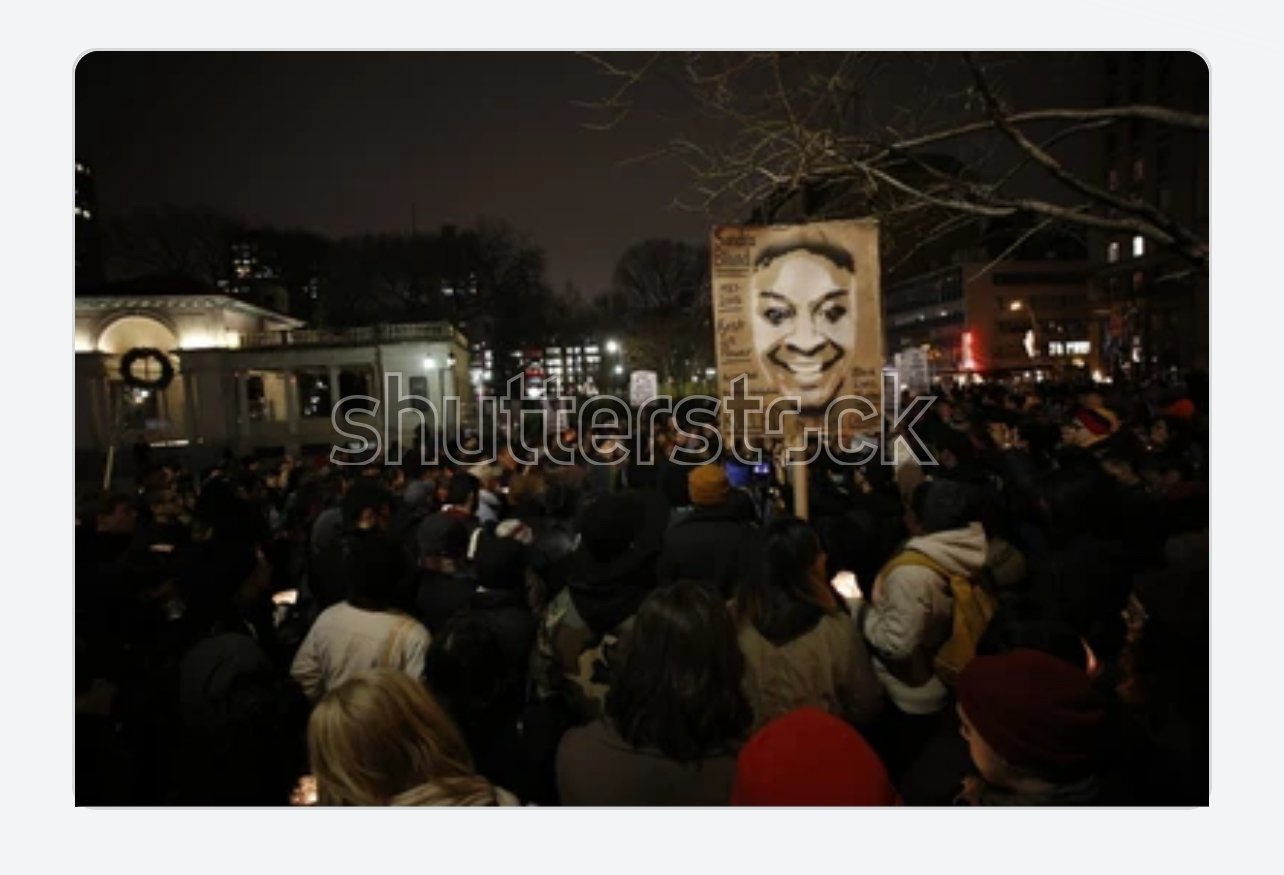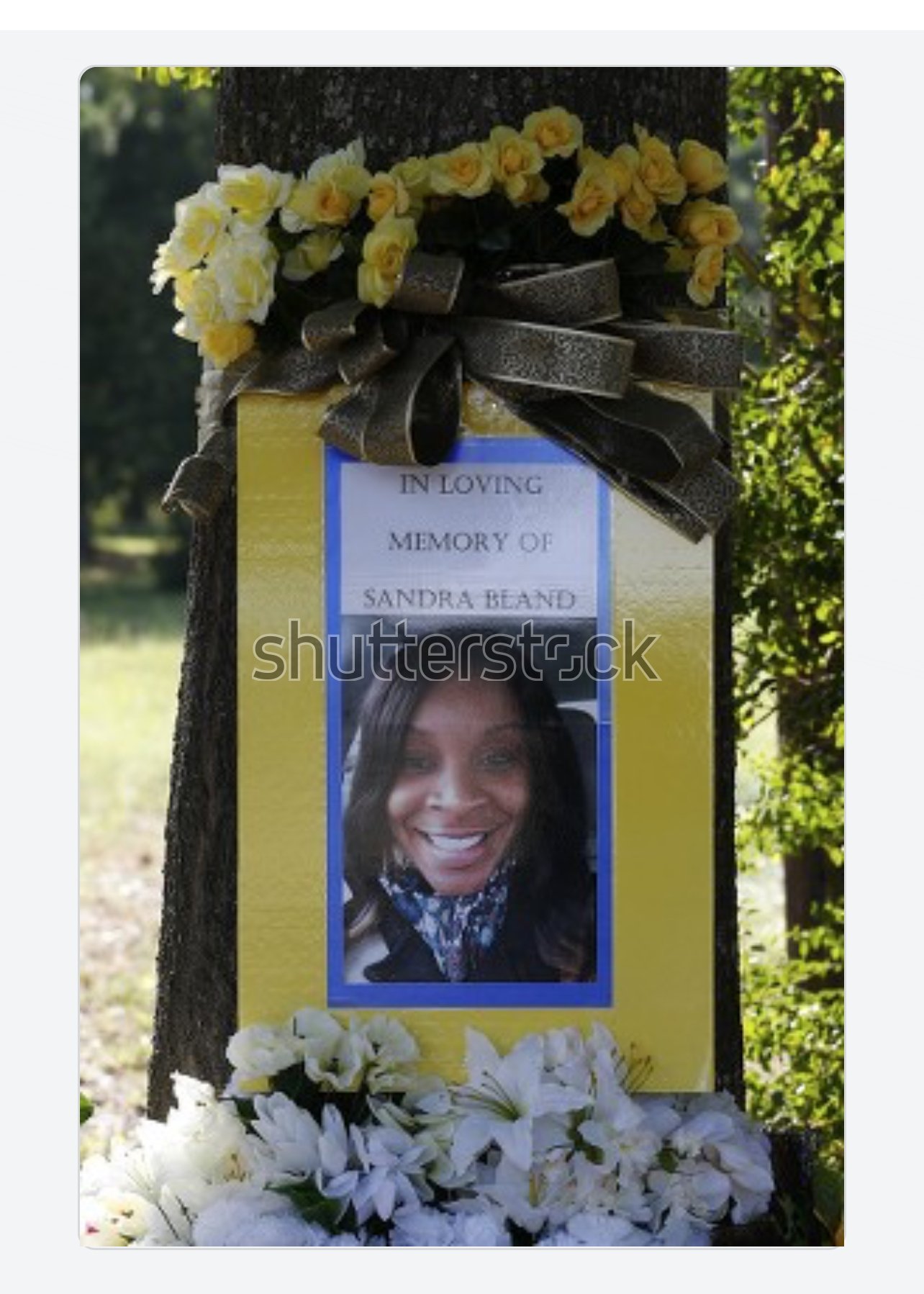The Women, an Essay by Camille Ross © 2024
My new work, a series called “The Women”, exhibits systemically oppressed women in new representations. The work exhibits culturally perceived oppressed women into positions of power, of opulence, of freedom and joy. I’ve chosen the most oppressed women in American culture, Native American women and African American women.
Unfortunately, due to a long legacy of historically and systemically oppressed groups of women of color, we as a culture are sadly accustomed to viewing these women through a lens of poverty and lack. They are contextualized as such in their historic imagery, where often their visual representations situate them in a context of poverty and as women without agency, where they are all too often represented as disadvantaged women and perceived as women who have no valid needs. Even sadder, lies an erroneous subtext suggesting that women of color are so dismissed in White America, and perceived as “women who do nothing and want nothing”, perpetrated again by White male fantasies and projections in polemical oppression and in Trump’s version of women in America. Resulting in negating women of color’s genuine human needs and desires. Society has ignored their needs since slavery.
It’s also important to mention that many of the stereotypes I’m referring to in this essay are old, musty and outdated stereotypes especially since the rise of multiculturalism in the 1980’s to today where diversity is America’s most prominent framework as we are an immigrant-based country and society. Unfortunately, even in today’s new framework the old visual tropes are still there, so ingrained in our diaspora that no matter how much work we do as a country and culture to reframe our representation, our work is never done, more importantly, women’s work is never done.
Finally, and many women have all but given up hope but tides are finally changing as America for the first time since it’s inception is about to elect not only a woman of color, but an incredibly powerful woman whose tenure as the President of the United States of America is going to turn these old stereotypes and visual tropes right on their heads, transforming the trajectory of this country for good, and in particular, changing the entire meaning of what it now means to be a woman of color, which now means being a woman period and to be a woman with power, autonomy and agency not only over her own body, but in the course of her lifetime. This newly found incredible sense of pure joy and complete authorship of a woman’s body, mind and soul belonging to her and nobody else, will be the first time in the history of this country. (Thank you Kamala Harris! The women of America thank you.
While the most seminal uprising around racism in America was occurring (during the BLM movement) in response to the heinous murder of George Floyd, nearly simultaneously was the murder of Breonna Taylor. Breonna’s murder was quietly swept under the rug and would have remained there, had there not have been a major publicity campaign raised by Oprah Winfrey and key people in the Civil Rights Movement. The salient feature I’m referring to here in the oppression of Black and Brown women is this exact point. If you recall, Breonna was criminalized for a portion of her life in her memory! It seems that people barely remember or even knew about Sandra Bland, who was a victim of severe police brutality because she forgot to turn on her blinker at an intersection. She was pulled over by the cops, forced to the ground, violently assaulted then arrested. Soon after, she was found hanging in her jail cell.
Native American women and children are among the most vulnerable population in America. Many people yet not nearly enough are aware of the “Missing and Murdered Indigenous Women and Children” epidemic.
This sad and painful fact with staggering statistical heights situate Native American women and children as the most vulnerable population in the country where their abuse, violation and lack of overall protection has lead to the epidemic that is now referred to as the Missing and Murdered Indigenous Women and Children epidemic situating our sister’s, our daughters's, our cousin’s, our friend’s and our mother’s as the most harmed human beings in the country at large. This painful fact exceeds the omnipresent pain in the human condition. Yet it’s rarely if ever mentioned in the media. Often, reservation crimes rarely make it into mainstream media. Rarely do these abductions and murder’s make it on to Primetime news, as a result the epidemic just keeps on going, and going without enough intervention from law enforcement. As a result our communities often endure the epidemic on their own without recognition and support , intervention, recognition and a broader cultural awareness giving way to the perpetrators who continue to harm us. Immediate social and political action is required, more protective laws must be in place yet it seems like our demographic is of the least importance to law makers, politicians, law enforcement and this epidemic continues to grow despite our protests and calls for action.
During the time frame that Breonna Taylor was murdered, countless Native American women and children were simultaneously being abducted, raped, tortured and murdered. Where they were devastatingly and in utter silence departing from the earth without an ounce of universal aware and often, by someone they knew and perhaps once loved. In this essay I hope to advocate for change, and to bring this horror out of the shadows and to shine a light on it until it gets the medias undivided attention and until more proactive laws are in place to protect us. I say us because I too was once a victim of the epidemic, it’s taken a lifetime of hard work to not only have survived it but to also thrive despite of it.
Middle and upper middle class n America does exist! Visit Chocolate City in Atlanta and Coastal regions of the United States and so much more, but Native American women unfortunately haven’t shared this success as Reservation’s were created by White men to control and determine the fates of Native American people. It’s a tragic trajectory though it hasn’t stopped Native indigenous people from building upon their preexisting rich cultural and artistic legacies not excluding Pow Wow’s and Fancy Dancing in America as it’s a huge part of Native American historical and cultural pride.
The stereotypes inflicted onto women of color especially African American women and Native American women where perceptions of poverty intimate aimlessness, accompanied by visual tropes of the all-too-common projections poor women of color are culturally viewed in, where they are also associated with systemic uselessness and at times criminality. Sadly, impoverishment is often based on the color of our skin. Ironically White poverty is the fastest growing epidemic in America. White, male cultural projections and depictions of Black and Brown women as poor, uneducated and overall deficient have become socially ingrained projections in the American Psyche where women of color are viewed as financially and morally deficient through this skewed and inaccurate lens. Luckily perceptions are changing as more and more women of color now sit as senators and in other equally impressive positions of leadership. But the old stigma is still there, always scratching at our backs and women aren’t willing any longer to accept these stereotypes.
Although Black and Brown women are among the strongest women in the American diaspora, often raising their children and grandchildren simultaneously while working at least one job, several for some, they are often single and considered as the head of their households. Despite of these facts and through a White male derogatory lens these perceptions are simply inaccurate. They are very often deeply committed to their respective families, their jobs, careers and often their perspective religious and tribal affiliations. Rather than being the antithesis of these inaccurate stereotypes, these women hold up the sky.
My work in this series is a simulacrum of events that may have or have not have ever happened. In my work I’ve situated the women in joyful, prosperous and often privileged activities such as surfing, archery, sailing (keeping in mind the painful history of sailing in America as all African people were originally captured slaves and brought here on ships). Enslaved people also include Native American’s such as the specific history of my own family. In this series, I portray activities include rodeo, yoga retreats, surfing, skiing in the alps, cross-country skiing, fencing, golf and the list continues in this vein. One of the series depicts the women on safari in Africa, so there is often an element of irony or historical referencing in the series (as women returning to their homeland and in the images, they have tamed the lions on their safari without White male intervention).
This irony in my series The Archer’s, where the subtext is in the portrayal of these strong women as fighting back against slavery. The subtext to the work is rich and often plays on themes of ironic significance.
Again, I’m defying the ways African American and Native American women are stereotypically viewed throughout America historically though specifically through a White, male lens and how it has assimilated into general misconceptions about Black and Brown women. I hope to illuminate how their negative historical visual representations (such as being poor and on welfare) and without opportunity or agency thus being at the bottom of the American chain, which are again inaccurate representations of Black and Brown women.
Also depicted in my work are older women of color, where this group is rarely seen as happy and contented women enjoying their age and accomplishments and engaging in activities of leisure and enjoyment. I wanted to challenge these stereotypes and misconceptions particularly in the context of age. I also want to illuminate the beauty of aging women as we become more comfortable in our own skin and more satisfied with our accomplishments and personal evolution as we age if we have done the important task of personal evolutionary growth to achieve this sense of well-being.
However, there’s a rampant campaign to diminish aging women in general making them culturally invisible. In fact, our representation is becoming obsolete, disappearing into near non-existence, which is why there a multimillion-dollar corporate campaign to lure women into product consumption and dangerous injectables. These campaigns are not only bankrupting women with the deceptive lure into consuming these products, but these corporations are also raping women’s finances with falsehoods and manipulation tactics, and it’s working for all women across multicultural divides.
In my series The First Supreme Court Judges I have chosen the first American’s, my own people as empowered women judges wearing traditional warrior war paint on their faces (taken from early Native American female war hero’s such as Pretty Nose, Buffalo Calf Robe Woman and countless other’s who fought in the Battle of Little Big Horn among many more important seminal battles. It was Buffalo Calf Robe Woman who dealt the final blow to Custer causing his immediate death!
In the series, the women look incredibly powerful especially in their black robes playing on themes of what the robe symbolizes in Native American culture, this symbolism includes the robe usually appearing in the in the forms of eagle feathers and have many different meanings from themes of warrior robes to the dropping of the robe which signifies death in Native American cultural symbolism. This series is of personal value to me as a Native American woman, but also in the realm of where America currently finds itself in terms of having almost our entire supreme court judges made up by racist bigots and outright dangerous, anti-women and pro MAGA c collaborators and accomplices.
With the reversal of Roe v Wade, Women hating in America is at it’s all time high. In my work I relay on my influences of African American writer, feminist and philosopher Audre Lorde as she wrote extensively on the issues presented in this work. I’m using the seminal book by author Andrea Dworkin’s “Women Hating” as a template in my definition of the term here as it has sadly become even more true of not only the Supreme Court but the pro Trump and Maga republicans whose hatred of women and minorities could not be more transparent in today’s culture! Just look at JD Vance’s portrayal of childless women in America as “Cat Women!” America could not be in a more precarious and dangerous era as it is today with misogyny reaching epic highs, highs in which we haven’t seen since before the Suffrage movement!
Again, my work also addresses ageism which is why I’ve consciously depicted all the women in my series “The Women”, as being in their 70’s. I purposefully instructed my AI program to capture specifically both Native American and African American women as being in this age group. Throughout my series The Women, you may notice that I have portrayed all the women as powerful women doing activities that are according to stereotypical representation of these women are atypical. We are used to seeing in American Culture Black and Brown women as being largely oppressed, culturally and physically impoverished and in state of self-inflicted disadvantage.
For instance, in my series “The First Surfer’s”, the Native American women are surfing in one series, another conscious and personal choice for me because before my family became Cherokee, we were an Alaskan Coastal tribe for thousands of years that is unfortunately now extinct. This series came from a dream I had where I found myself with my long-lost tribe in Alaska surfing in giant and inviting giant turquoise waves. All the members of my tribe who invited me to surf with them (keep in mind that a large portion of my work comes from my dreams). In the dream we were all surfing, and each member of my tribe were having a blast in the water and each member of my tribe had long raven black hair like my own, and beautiful brown bodies contrasting against turquoise water. I recreated the dream then I made another series of African American women surfing. All my work is about subtext or what famed photography essayist and philosopher Roland Barthes refers to as the connoted and the denoted, meaning the obvious and the implied, or the text and the subtext in broader terms. See his seminal book Camera Lucida, on of the most important books written about photographic meaning and the punctum of the image.
In my representations of African American women, and as Native American women I have them all doing activities that are normally equated with wealthy White women of privilege. I’ve recontextualized them by code switching and in doing so I’ve been able to successfully create this work with the help of using both traditional photography and AI applications situating “The Women” in positions of authority and of agency in their own narratives and legacies.
Camille Ross
August 7th, 2024

